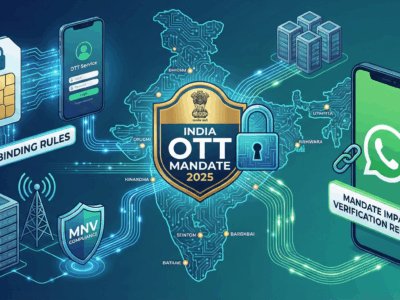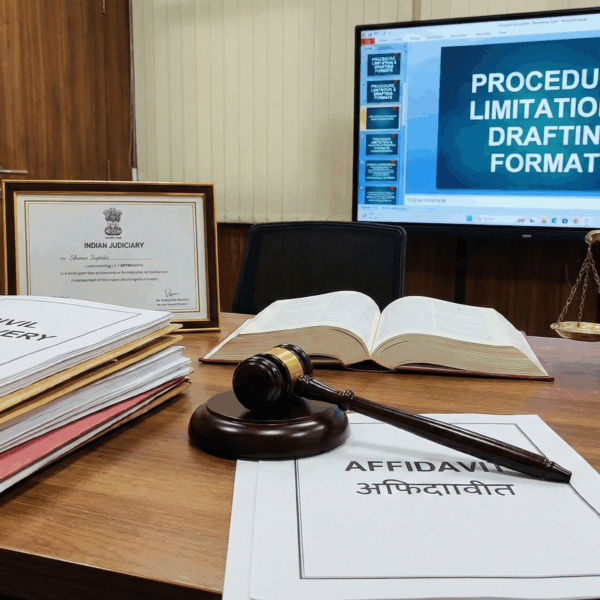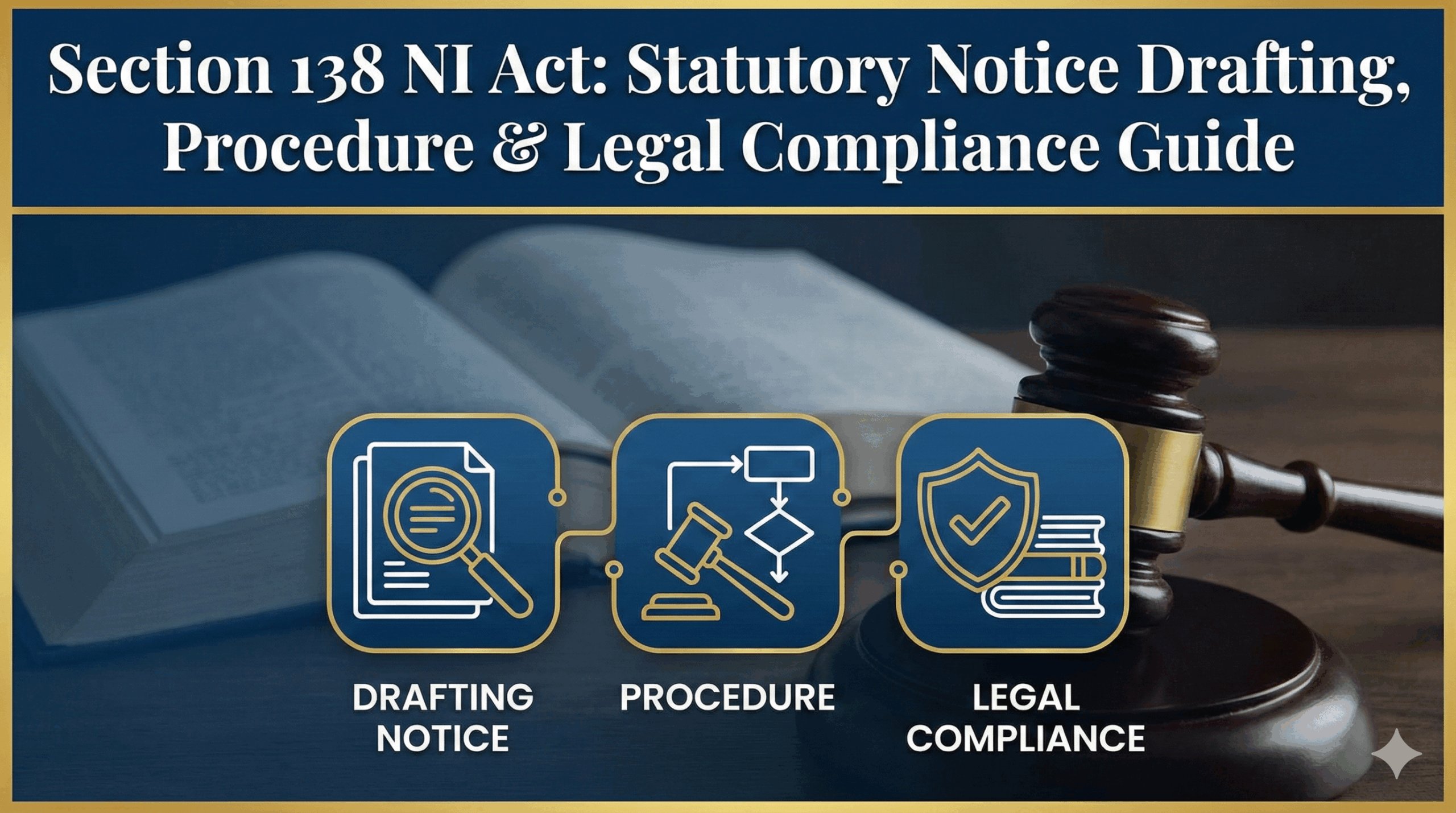The enactment of India’s Digital Personal Data Protection (DPDP) Act on August 11, 2023, marks a monumental shift in the country’s data privacy landscape. It replaces the limited provisions of the IT Act, 2000, with a comprehensive framework designed to protect individuals’ personal data while acknowledging the need for lawful data processing. For startups, this isn’t just another regulation; it’s a fundamental change that introduces a new era of accountability, backed by significant financial penalties that align India more closely with global standards like GDPR.
An Interactive Guide to the DPDP Act, 2023
Introduction: A New Era of Data Accountability
The enactment of India's Digital Personal Data Protection (DPDP) Act, 2023, marks a monumental shift in the country's data privacy landscape. It replaces the limited provisions of the IT Act, 2000, with a comprehensive framework designed to protect individuals' personal data while acknowledging the need for lawful data processing. For startups, this isn't just another regulation; it's a fundamental change that introduces a new era of accountability, backed by significant financial penalties that align India more closely with global standards like GDPR.1, 2
This guide moves beyond high-level summaries to provide an operational roadmap. We'll demystify the financial risks, explore the powers of the new adjudicating authority, and walk through the entire grievance-to-judgment lifecycle, empowering you to make informed decisions for your startup.
Part I: The Financial Stakes & Penalty Framework
The DPDP Act's most striking feature is its robust and tiered penalty framework. These financial deterrents, ranging up to ₹250 Crore, are designed to ensure data protection is a core business function, not an afterthought. Understanding these tiers is critical for risk assessment.2
Interactive Penalty Chart
Click on a bar to see details about the specific violation and its maximum penalty. The penalties shown are the statutory maximums.
Select a violation type above to learn more.
Penalty Comparison Table
Here's a detailed breakdown of the non-compliance tiers and their strategic implications for a startup.
| Nature of Breach | Max Penalty (INR) | Strategic Implication for a Startup |
|---|---|---|
| Failure to take reasonable security safeguards to prevent a data breach. | Up to 250 Crore | Investment in cybersecurity and data governance is a top-priority, non-negotiable business expense. |
| Failure to notify the Board and affected users of a data breach. | Up to 200 Crore | A documented, well-rehearsed incident response plan is essential for timely and compliant communication. |
| Non-compliance with obligations for processing children's data. | Up to 200 Crore | If your user base includes minors, robust age-verification and verifiable parental consent mechanisms are mandatory. |
| Breach of additional obligations as a Significant Data Fiduciary (SDF).9 | Up to 150 Crore | Monitor scaling to anticipate potential SDF designation and prepare for heightened compliance duties (e.g., appointing a DPO). |
| Breach of any other provision of the Act (e.g., consent, user rights). | Up to 50 Crore | Core data practices, especially consent collection, must be compliant from day one. There is no "minor" violation. |
| Breach of duties by a Data Principal (e.g., filing a frivolous complaint). | Up to 10,000 | This provision helps filter out bad-faith complaints, allowing focus on genuine grievances. |
The Adjudicator's Calculus: Factors That Determine the Final Fine
The figures above are maximums. The Data Protection Board will consider several factors when deciding the final penalty amount, as mandated by Section 33(2) of the Act.6 Your startup's conduct before, during, and after a breach is critical.
⚖️Nature & Gravity
The seriousness and duration of the breach. A sustained failure is worse than a one-off error.
🛡️Data Type
Breaches involving sensitive data (financial, health) will likely attract higher penalties.
🔁Repetitive Nature
A history of non-compliance indicates systemic failure and warrants a stiffer penalty.
💰Gain or Loss
Did the company profit from the breach or avoid a loss? Any gains may be disgorged.
🤝Mitigation Efforts
Actions taken to reduce harm. A prompt, effective response can significantly lower the fine.
🎯Proportionality
The penalty must be proportionate and effective, considering the impact on the business itself.
Part II: The Deciding Authority (Data Protection Board)
The Data Protection Board of India (DPB) is the central body responsible for enforcing the Act. It's not a broad policy-setter but a specialized "digital court" for data protection disputes, designed to operate with efficiency and technical expertise.2
Powers of the Data Protection Board
The DPB is equipped with significant powers to ensure its inquiries are thorough and its orders are binding.
💻Digital-First Office
Proceedings, from complaints to hearings, will be handled online "as far as practicable" for efficiency and accessibility.2
🏛️Civil Court Powers
Can summon individuals, demand documents, and inspect data, just like a civil court under the Code of Civil Procedure, 1908.2
✍️Issue Directions
Can order companies to take urgent remedial measures to mitigate harm from a breach.
💸Impose Penalties
Has the exclusive authority to impose the monetary penalties outlined in the Act's Schedule.
🛑Advise Blocking
In cases of repeated non-compliance by a significant data fiduciary, can advise the government to block public access to a platform.
🧑⚖️Adjudicate Disputes
Its core mandate is to inquire into breaches and complaints to determine if a violation has occurred.
Part III: The Grievance-to-Judgment Lifecycle
The Act establishes a clear, multi-stage process for resolving grievances. Understanding this workflow is crucial for managing interactions with users and the regulator.
A user (Data Principal) must first file their grievance directly with your startup. You are legally required to provide a readily available way for them to do this.3
Your internal process is your first and best line of defense. A fair and responsive system can prevent most issues from escalating.
The issue is resolved internally. No regulatory involvement. This is the ideal outcome.
If the user is unsatisfied or you don't respond in a timely manner, they can escalate the complaint to the Data Protection Board.3
The Board conducts an inquiry, using its civil court powers to gather evidence. Your startup will be given a fair opportunity to be heard.
During the inquiry, you can offer a "Voluntary Undertaking" — a formal commitment to fix the issue. If accepted by the Board, the inquiry is paused. This can be a powerful tool to show good faith and potentially avoid a formal penalty.7
The DPB issues a final written order, which may include penalties. This decision can be appealed to the Telecom Disputes Settlement and Appellate Tribunal (TDSAT) within 60 days. A final appeal can be made to the Supreme Court.8
Part IV: A Proactive Compliance Playbook for Startups
A reactive approach to DPDP compliance is a recipe for disaster. Startups must embed data protection into their operations from day one. Here’s a practical playbook.
1. Architect a Compliant Grievance System
This is your first line of defense. It doesn't need to be complex, just functional and compliant.
- Appoint a Point of Contact: Designate a person or team (e.g.,
privacy@yourstartup.com) and publish their contact details in your privacy policy. - Create Accessible Channels: Use a simple web form or a dedicated email address for complaints. The process must be user-friendly.3
- Establish a Workflow: Acknowledge receipt promptly and aim to resolve issues within a reasonable timeframe (e.g., 7-15 days).
- Keep Meticulous Records: Use a ticketing system or log to track all grievances. These records are your evidence of due diligence.
2. Mitigate High-Penalty Risks
Prioritize the areas with the highest potential fines.
- Prioritize Security (Tier 1 Risk - ₹250 Cr): Implement "reasonable security safeguards." This includes technical measures like encryption and access controls, and organizational measures like employee training and an incident response plan.4
- Master Consent Management (Tier 5 Risk - ₹50 Cr): Ensure every consent request is preceded by a clear notice explaining what data is collected and why. Consent must be a "clear affirmative action" (like an unticked checkbox) and easy to withdraw.4
- Prepare for Breach Notification (Tier 2 Risk - ₹200 Cr): Have a documented plan for notifying the DPB and affected users. The Draft Rules suggest a 72-hour timeline for notifying the Board.10
3. Develop a Crisis Response Protocol
How you respond in the "golden hours" after a breach can dramatically influence the outcome.
- Containment: Immediately take steps to stop the breach and prevent further data loss.
- Assessment: Quickly understand the scope: what systems, what data, how many users are affected?
- Notification: Activate your breach notification plan. Inform the DPB and users transparently and without undue delay.
- Mitigation: Proactively help users. Force password resets, offer support, etc. This will be considered by the DPB.6
- Documentation: Document every single step. This is your key evidence for the DPB to demonstrate responsible conduct.
Conclusion: Accountability as a Competitive Advantage
The DPDP Act reshapes the operational environment for Indian startups. The key takeaways are clear: your internal grievance mechanism is a legal shield, your crisis response plan is a financial risk-management tool, and meticulous digital record-keeping is non-negotiable. In India's maturing digital economy, a demonstrable commitment to data privacy is no longer just a legal obligation—it's a powerful way to build user trust and secure a sustainable competitive advantage.








